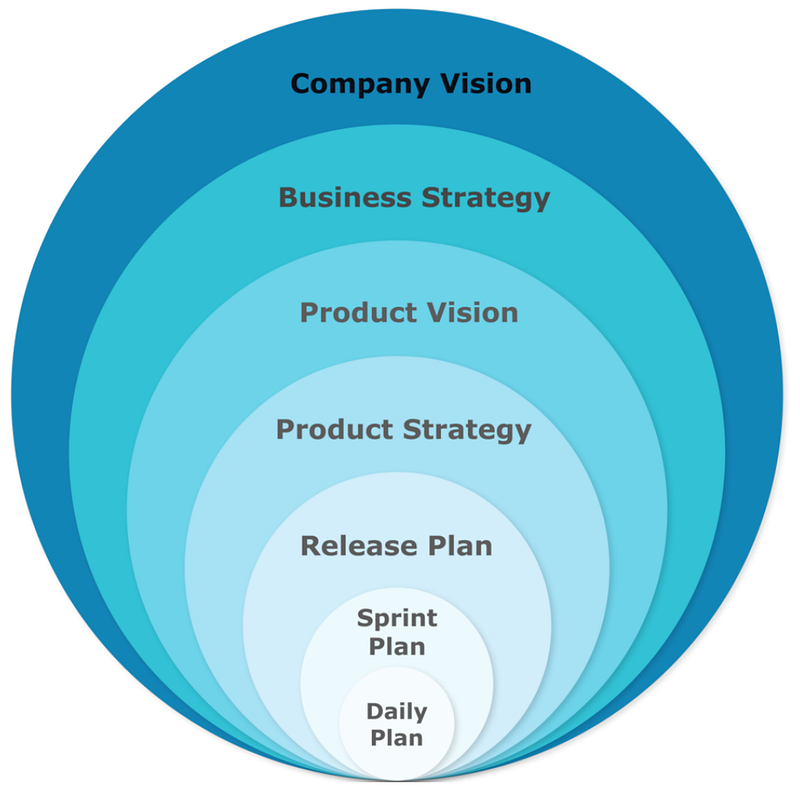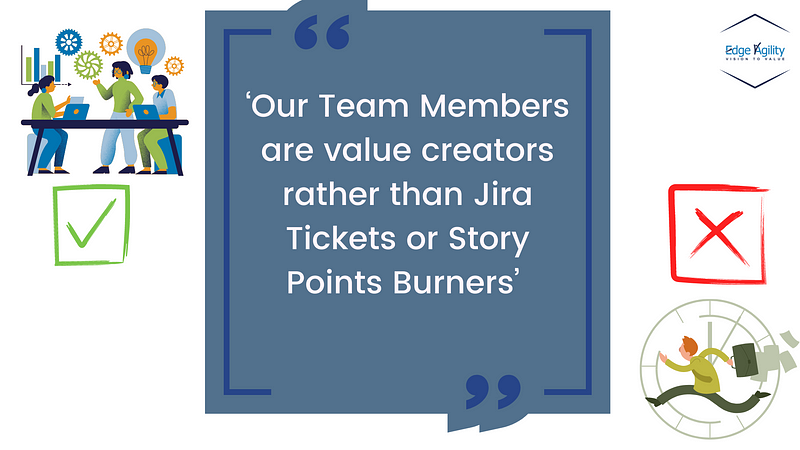A product vision is a succinct, inspiring articulation of where your product is heading. It embodies the essence of your product — the core values it upholds, the core needs it fulfills, or the core problems it solves.
Earlier in this Product Vision series, I have written 2 articles and this is the 3rd one.
Previous Product Vision Articles Articles
Product Vision: What It Is & Why We Need It
Product Vision and Scrum Events
This article focuses on what good looks like by understanding the characteristics of a Product Vision.
Characteristics Required in a Good Product Vision
Let’s look at what attributes will make a Product Vision good.
1. Clear and Concise: A product vision should be straightforward and easy to understand. It should succinctly convey what the product aims to achieve, avoiding overly technical jargon or complex language. This conciseness and clarity help in communicating the message more frequently. You can start most of the meetings with a mention of the Product Vision and always ‘start with why’.
You can use tools like ‘Elevator Pitch’ to bring clarity and conciseness.
2. Aligned with Business Goals: The product vision should align with the broader goals and strategy of the company. This alignment ensures that the product supports the overall business strategy and contributes to its success.
Have a look at Product Onion that we teach in the Professional Scrum Product Owner class. This image shows that Product Vision is part of a wider Business Strategy. Lack of this alignment leads to disengagement from the senior leadership and management.
Lack of Business Goals and Product alignment leads to disengagement from the senior leadership and management.

From Professional Scrum Product Owner Class
3. Customer-focused: Products are for customers. A good Product Vision should reflect a deep understanding of the target customers’ needs, preferences, and pain points. A customer-centric vision is more likely to result in a product that meets market demands and achieves success. It helps in creating outcome-oriented goals rather than output-oriented goals.
A lack of clear connection with users/customers of the products can take away the original purpose of the product itself.
Making it customer focus we can make Product vision more aspirational and inspirational.

4. Free from ‘Solution’: Product Vision is about ‘Why’ rather than ‘What’ and ‘How’. By adding the solutions to the Product Vision we are limiting our options to reach there and this may negatively impact the innovation.
By avoiding specific solutions in the product vision, we prevent limiting our options and foster innovation. Keeping the vision free from solutions also contributes to its stability, as desired outcomes generally remain constant over time. However, the methods to achieve these outcomes can vary significantly, allowing flexibility and adaptability in how we reach the same objectives through different approaches.
5. Stable: The product vision should maintain stability over time, ensuring a consistent direction even as the product evolves and expands. This consistent vision prevents confusion and keeps the team focused, despite the inevitable changes during the development process. While refinements to clarify and enhance the vision are beneficial, it’s crucial that these adjustments do not alter its fundamental essence.
If I try to relate this to Evidence-Based Management, it could be similar to the Strategic Goal. It can get refined over time but the intent of it doesn't change much.

6. Inspirational and Aspirational: It should inspire the team and stakeholders by presenting a compelling picture of the future. A vision that excites and motivates will drive the team to achieve better focus and better decision-making.
A good product vision could be your single best tool to motivate people.
By aligning the product vision with business goals and customer needs, we can instill this crucial attribute. This approach helps the team understand that they are not merely completing tasks but contributing to a greater purpose.

7. Feasible: While being aspirational, the vision must also be realistically attainable. It should challenge the team but remain feasible with available resources and technologies.
Without this attribute, creating a Product Vision becomes merely a tick-box activity. We might develop a well-worded and impressive Product Vision, but it holds no real value beyond being featured on a website or in marketing materials.
Conclusion
A well-defined product vision acts as a beacon, aligning the team’s efforts with the overarching business goals and resonating deeply with customer needs. By being clear and concise, aligned with business objectives, customer-focused, free from specific solutions, stable, inspirational, and feasible, a product vision sets the stage for innovation and excellence.
To put these insights into action, start by evaluating your current product vision against these seven characteristics. Are there areas that need refinement? Engage with your team and stakeholders to gather feedback and collaboratively enhance the vision. Remember, a powerful product vision not only directs the team but also inspires and motivates them, driving better decision-making and fostering a sense of purpose.

This blog is originally published here: https://edgeagility.com/characteristics-of-a-good-product-vision/
📅My upcoming class schedule is👉 here
